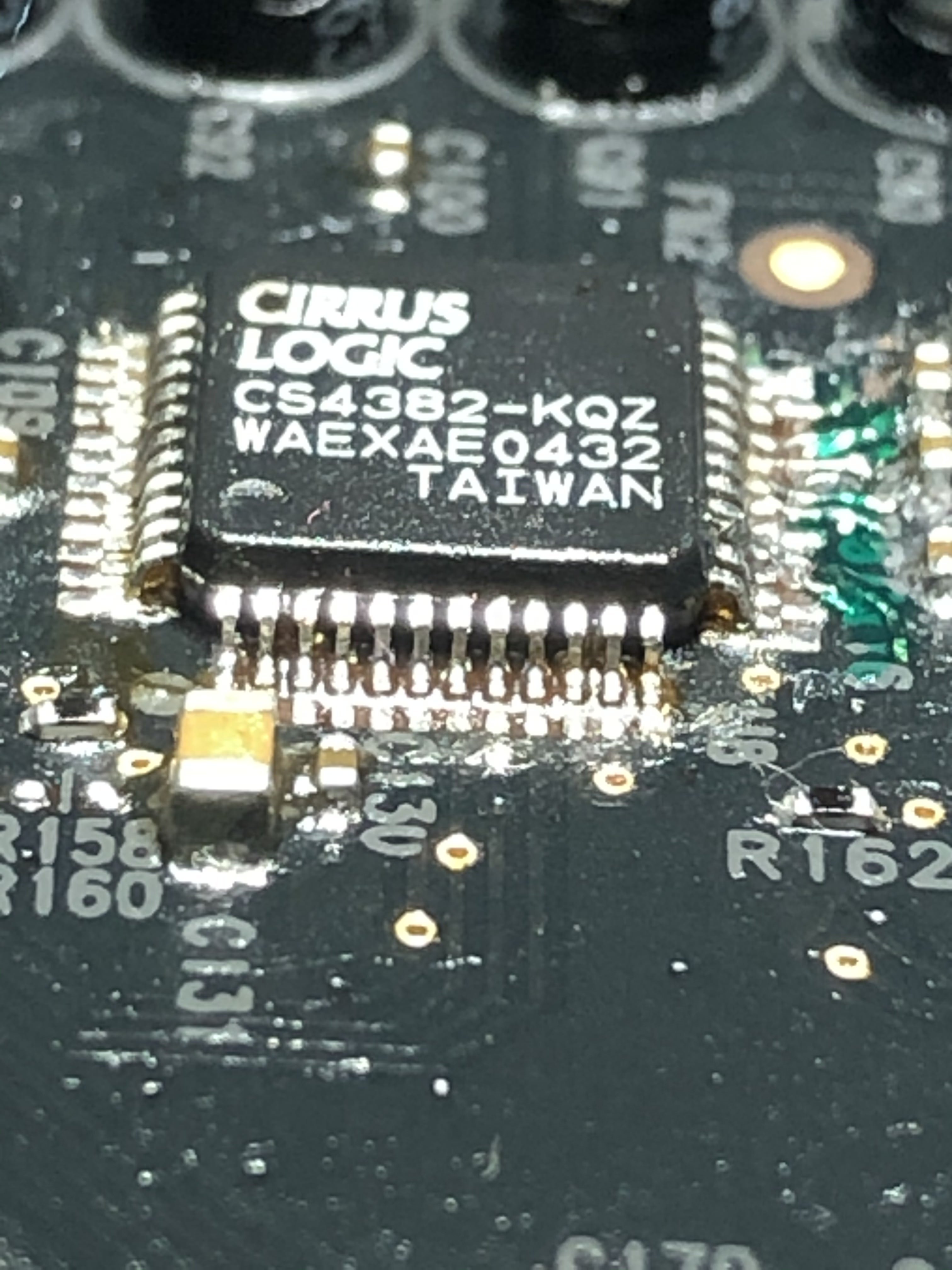

Near the top left is an analogue CD audio connection, surrounded by five-volt relays that click into action depending on what mode the card is in and what devices are connected. Above that is 64MB of "X-RAM" into which audio samples can be loaded rather than system RAM. Clearly visible towards the bottom is the X-Fi processor. Getting our priorities right, here's what's in the smallest Once we'd opened the box, we were met with three more boxes. Yet more marketing material is found on a flap that folds out on the front of a box, including products you might like to buy to go with your new X-Fi. Change the mode and the card optimises itself for that mode while the software is restructured to better perform the tasks you're likely to choose. The back of the box carries plenty of bold claims and also explains the three available operating modes – Entertainment Game Audio Creation. Yep, it's a big one, begging the question "what on earth has Creative put in there?" To the right of the box is a Stanley knife, giving you an idea of its size. Let's take a look at the contents of the Elite Pro package. Included are Windows XP with SP2 256MB Ram 600MB of free hard disk space for the install and a graphics card compatible with DirectX 9 and OpenGL and carrying at least 32MB of "texture RAM". Do check out the requirements before buying – they're not ridiculous but they're not trivial either. Specs for the X-Fi line-up can be found here on the Sound Blaster site with system requirements here. Other versions are closer to £100 and take in the Platinum, intended for entertainment the Fatal1ty FPS for gaming (who'd have thought it?) and the Xtreme Music, intended for, well, try to guess. With a little help from Creative and Scan, we were sent a Sound Blaster X-Fi Elite Pro, top dog in the X-Fi range and pitched around £250.


 0 kommentar(er)
0 kommentar(er)
